At Upcycle and Company, you know how adamant we are about saving money when we garden. We like saving money almost as we like saving space. That’s why I was so excited to stumble upon John Kohler’s post at Growing Your Greens when he went to the 99 Cent Only Store to find himself the materials for a cheap vertical garden. Now, this wasn’t a 99 cents and up, this was a 99 Cent Only store. It’s amazing how much technology is floating around the gardening world right now, but when it comes right down to it, sometimes the simplest idea is also the cheapest idea. That’s something we can get behind.
After all, being pound for pound cheaper than our competitors is something we pride ourselves on. Let’s listen to John for a bit and get ready to #FindYourSoilMate.
This is John Kohler with growingyourgreens.com. I have another exciting episode for you today. I’m outside the 99 only stores, and the 99 only stores are a chain of stores that sell things like it’s like a dollar store basically, and I’m here today to show you guys any products that may help you grow more food at home. Now, while I’m not into a lot of the products that they sell here, they do have some good deals. In the past, I’ve gotten plant clips and seeds and even air pumps for aquariums for $1.
You never, never, know what I’m going to find and every day they always have new stuff. I’m excited to show you guys if there’s anything I the 99 store, or the dollar store, that’ll help you grow more food at home. So, we’re here in the dollar store and we’re inside and there’s literally thousands of items and a lot of them you probably just don’t need.
Cheap Garden Starts
They don’t add any value to your life, but there are a few things here that will allow you to grow more food, and those are the things that I’m here to show you guys today. First off, of course, they have bulbs, a lot of bulbs. Most of these are not edible, but I want to show you guys a couple that are.
You got 12 Dutch onions, that’s 99 cents, defiantly a good deal. Also, they got the red baron Dutch onions. So, these bulbs you could plant not and definitely good to have some onions. So, $1 could grow you 12 onions.
In addition, they got some good deals on some seeds. The seed packet has been picked through a lot. The seeds here are not 99 cents, they’re cents. So, that’s actually 30 cents only, but 20 cents will buy you a packet of squash or cucumber or lettuce or carrots or radishes, even actually the best deal here is this corn here. This was marked at 1.99, 29 cents for a pack of corn seeds. So, next, I’m going to show you guys some planters that are actually stacking planters that they have here at the dollar store.
Cheaper Still?
Now, these are the same, or at least very similar to the ones you just saw. Here they are right here. This is one kind. Once again, cents. These are the stacking planters. You can see this one’s 99 cents. There are no holes in this, so, you know, you’re going to have to pop some holes in it yourself, but, check this out, these are made to stack up very nicely, and they have 2 designs. They have this design and they have these guys over here. This is the circular design. They probably hold very similar amounts of soil. Check it out. For $10 you could get a setup like this. This setup is 10 high and this will grow you 30 plants.
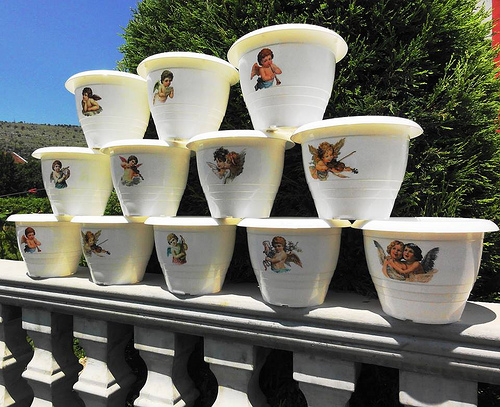

So, you know, definitely a good deal. $10, 30 plants, because of the 99 only store. Now, once again, these are plastic. These are made in Israel, so they may be fairly high quality but they don’t have any holes in them and if you’re going to grow something this tall it can get kind of wobbly, so you may want to drill the holes out in the middle, right through here, and put like a nice tubing through there, like EMT tubing, something like that, to stabilize it and also of course run an irrigation system and make sure you pop those holes in it.
Cheap Vertical Gardens
Now, I’m not a huge fan of plastic, but if plastic planters are going to allow you to grow more food, I’m all for it. So, next I’m going to show you guys planters that I do like, actually, that they have here at 99 only store. They got your standard clay pots. Now, these are nice clay pots. This one pot would be good for like one head of lettuce or some herbs. Actually, it’s really good to grow mint, something like this, grow your mint in here and then plant this underneath the ground so that the mint can’t spread out. So, that’s actually a nice tip, but 99 cents, a nice clay pot, definitely a good deal as well. Besides the pot, they also have potting soil for 99 cents. Now, I don’t recommend the potting soil here. You get hardly anything. This is so light, this is not a good deal, although they make it out to be.
Is it a Good Deal?
So, not everything at the 99 only store is a good deal. Go to a big box store and get some organic potting soil or organic compost instead, but another good item at the 99 only store is this guy right here. You can see it’s only, but it’s these guys. It’s a foldable plant support. You can see here, looks like a standard tomato cage.
They’re showing tomatoes here, but I wouldn’t recommend this for tomatoes. These guys just kind of pop up like this and then there are 3 bars that hold this stable so it collapses for easy storage when you’re done with the season, and, you know, for 99 cents, definitely a good deal, but I would probably only use these and not tomatoes because you know what? This is not even that tall, maybe like 2 feet tall if that.
How to Build Cheap Vertical Gardens
Last thing I want to show you guys here and the 99 cents store that can help you grow more food, especially if you’re growing vertically in cheap vertical gardens, you need to tie so that you can get your plants off the ground so that they can grow vertically ’cause you may have more airspace than you do land if you live in a residential area. These guys right here. This is the first time I’ve seen these at the 99 store. These are clips, and these allow you to basically reuse these clips to pin up your tomatoes and all different kinds, peas and plants to bamboo stakes. It’s 99 cents for 16 reusable, that’s the thing, reusable plant clips. Great deal, and these guys, on the back, are marked 2.95. So, that’s 1/3 off here, and I know that these are definitely a good deal. In addition, they just got your standard flexible plant tape.
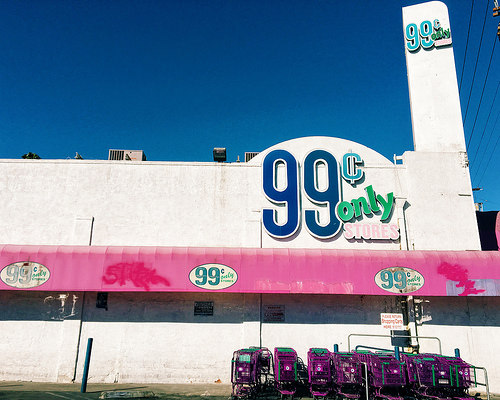

Finding the Deal
This stuff might cot 2-3 bucks at a nursery, just 99 cents here, but once again, I’d encourage you guy to get the reusable plant ties instead because you can use this year after year whereas if you just tear this off and tie things, usually that takes more time plus you usually got to throw this stuff away. They also have some tools down here, and a lot of these tools, you know, you guys get what you pay for.
I definitely wouldn’t recommend them. Some of them are nicer, something like this, you know, for $1, a little hand trough or shovel thing, oops, that breaks. I probably wouldn’t recommend some of the stuff that I showed you guys. They also have some irrigation things, like plastic sprinklers and whatnot. Now, once again, you guys get what you pay for and I’d probably recommend you spending a little bit more and getting a lot higher quality items, Hopefully you guys enjoyed this episode, learning more about some of these items at the 99 cent only store that’ll help you grow more food at home.
Once again, my name is John Kohler with growingoyurgreens.com. We’ll see you next time and keep on growing…
As found on Youtube
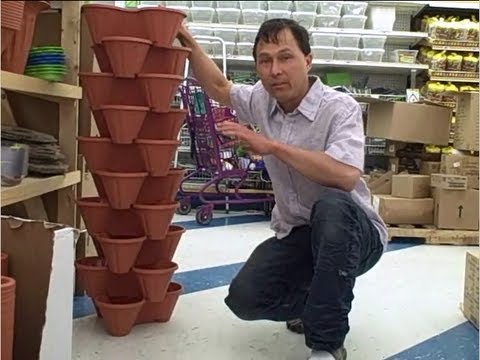

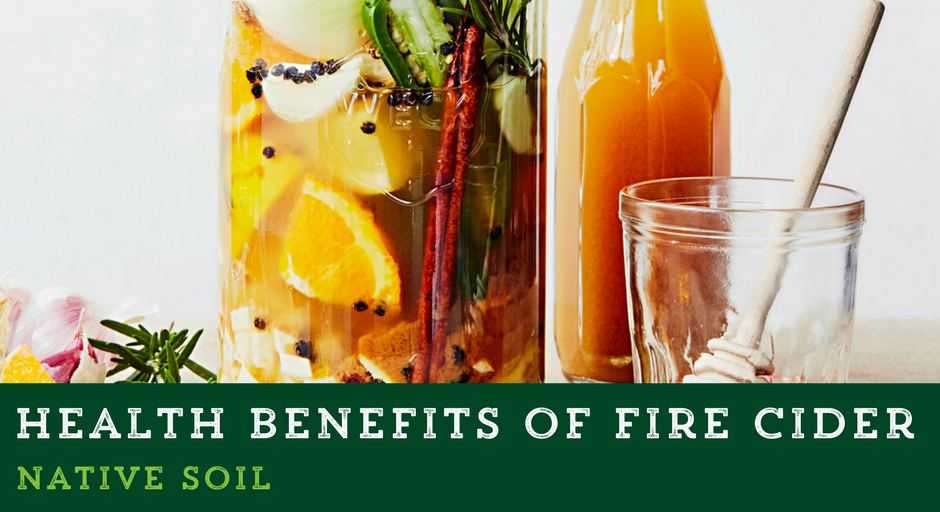




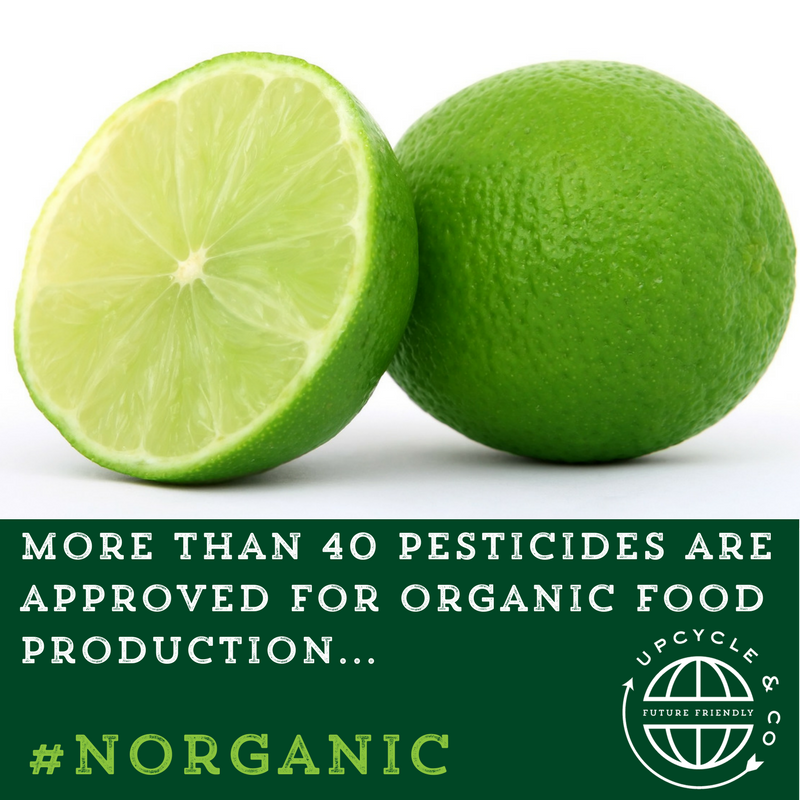
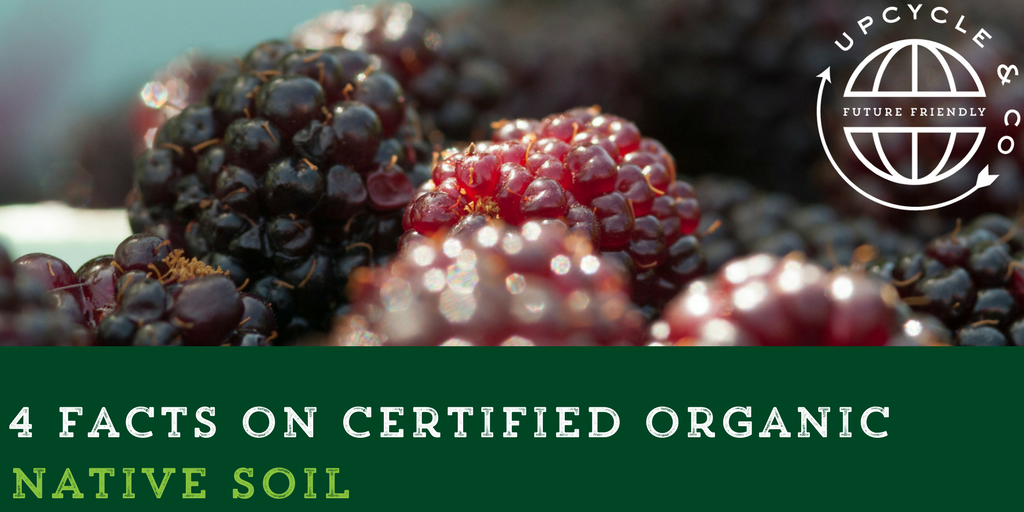
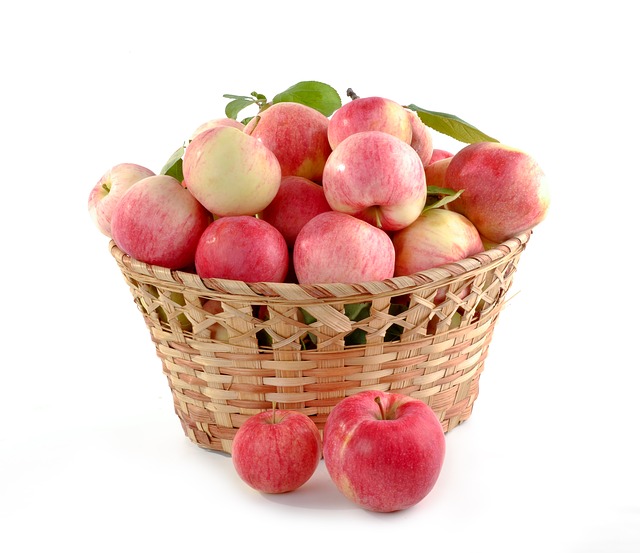
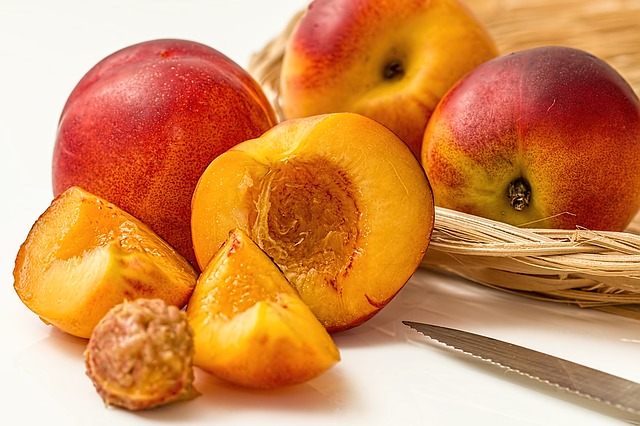 What’s more, the official definition of “certified organic” by the USDA seems to acknowledge some of this unintentional blending. After all, only 95% of contents must be organically produced to carry the certified organic label. 95% is pretty good, but even if the realistic blend is only 70% organic, it can be labeled “made with organic ingredients.” And again, you can’t tell just by looking at a piece of fruit or a bag of nuts and definitively tell which are organic and which are conventionally produced.
What’s more, the official definition of “certified organic” by the USDA seems to acknowledge some of this unintentional blending. After all, only 95% of contents must be organically produced to carry the certified organic label. 95% is pretty good, but even if the realistic blend is only 70% organic, it can be labeled “made with organic ingredients.” And again, you can’t tell just by looking at a piece of fruit or a bag of nuts and definitively tell which are organic and which are conventionally produced.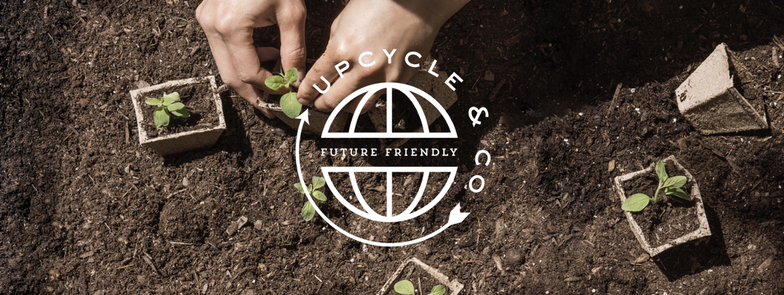

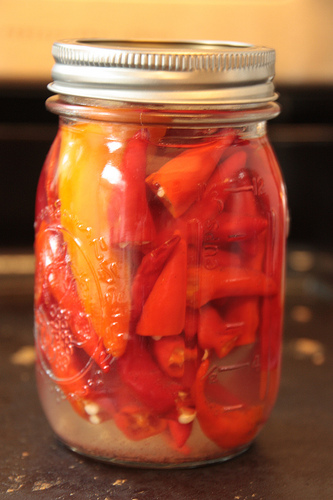
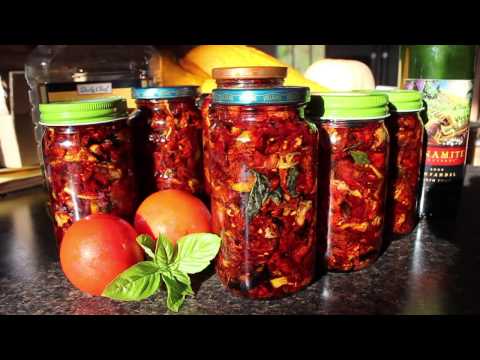
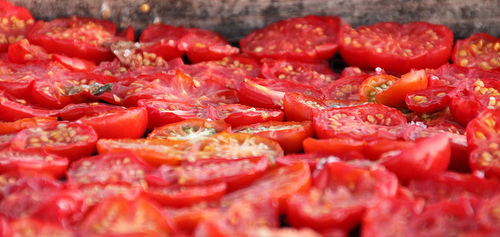
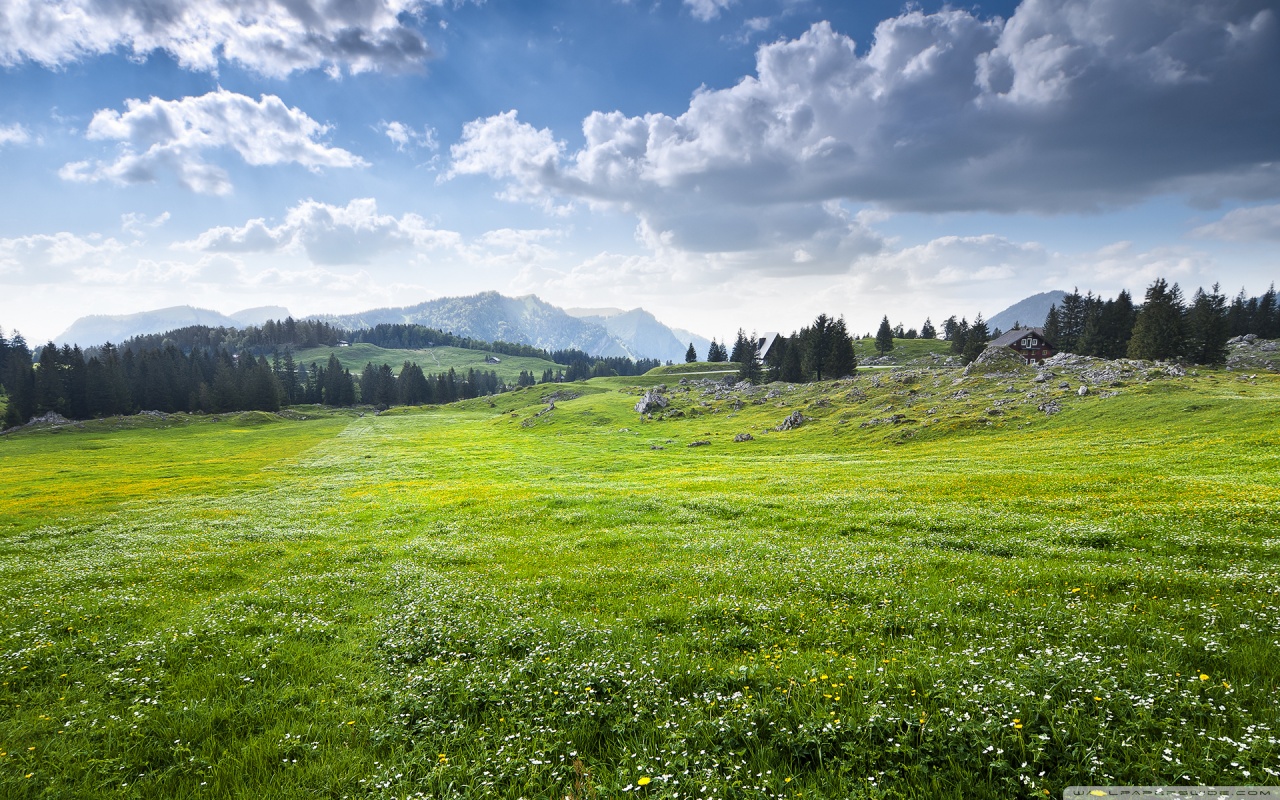

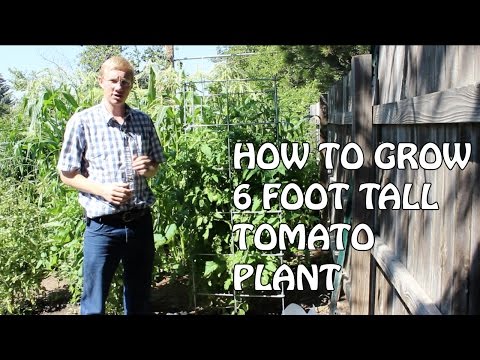

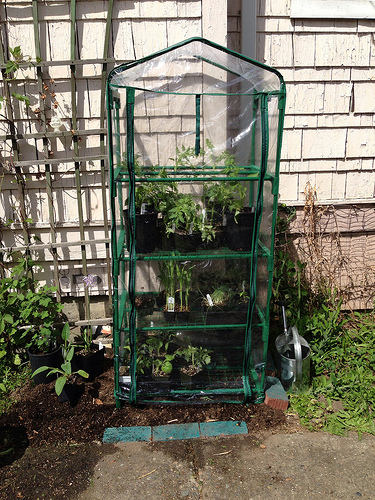
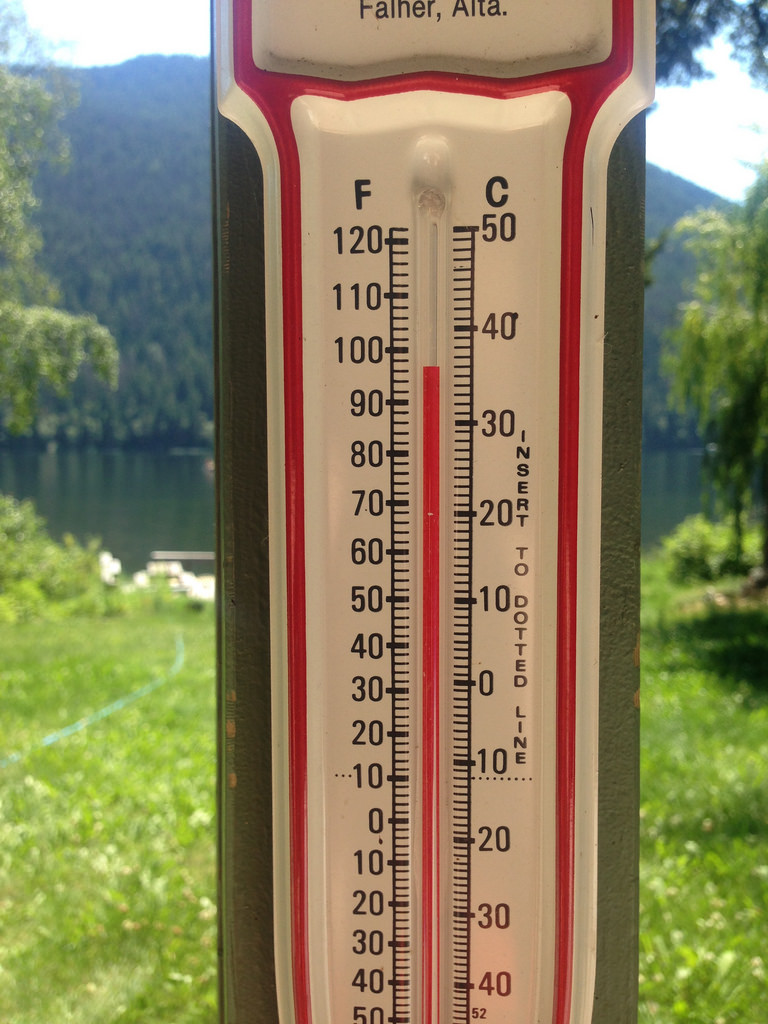
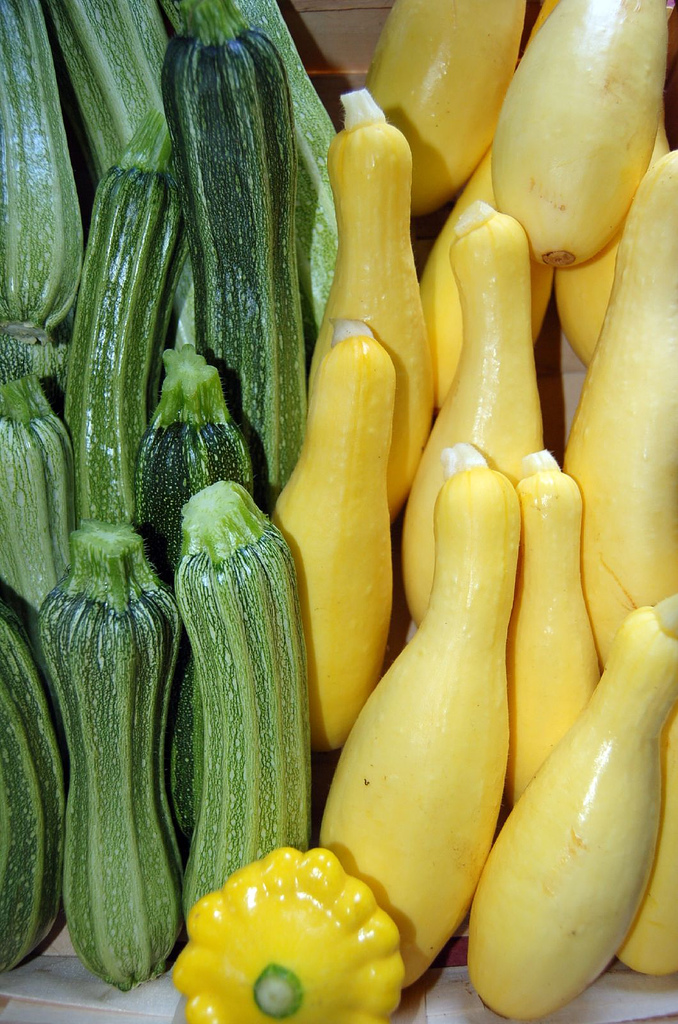
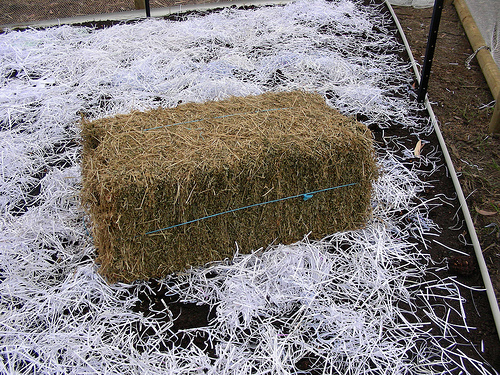
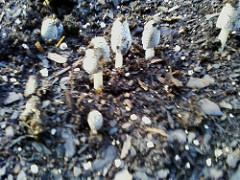
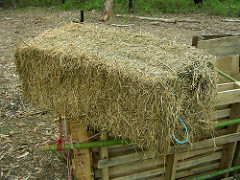

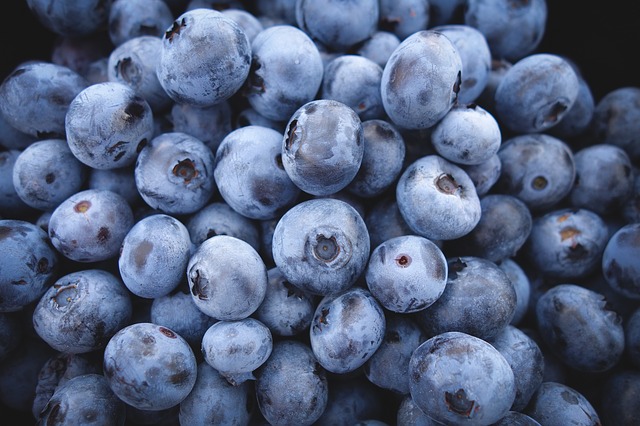 Beans (legumes), berries (especially blueberries), broccoli, green tea, nuts (especially walnuts), oranges, pumpkin, salmon. soy, spinach, tomatoes, turkey, whole grains and oats, and yogurt can all help stop and even reverse diseases such as hypertension, diabetes, Alzheimer’s, and some forms of cancer. And where one might have an effect on a certain part of the body, it can also affect the health of other body functions and performance, since the whole body is connected. With these 14 foods as the base of a balanced, solid diet, weight loss gimmicks and other fly-by-night programs can become a thing of the past in your life.
Beans (legumes), berries (especially blueberries), broccoli, green tea, nuts (especially walnuts), oranges, pumpkin, salmon. soy, spinach, tomatoes, turkey, whole grains and oats, and yogurt can all help stop and even reverse diseases such as hypertension, diabetes, Alzheimer’s, and some forms of cancer. And where one might have an effect on a certain part of the body, it can also affect the health of other body functions and performance, since the whole body is connected. With these 14 foods as the base of a balanced, solid diet, weight loss gimmicks and other fly-by-night programs can become a thing of the past in your life.
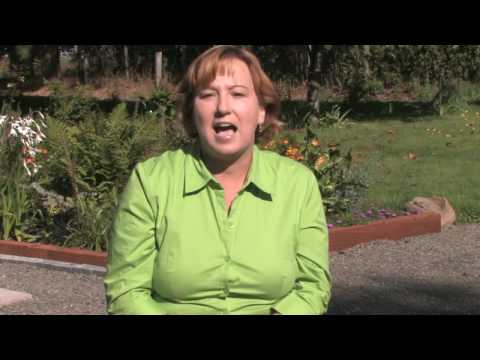
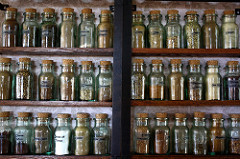

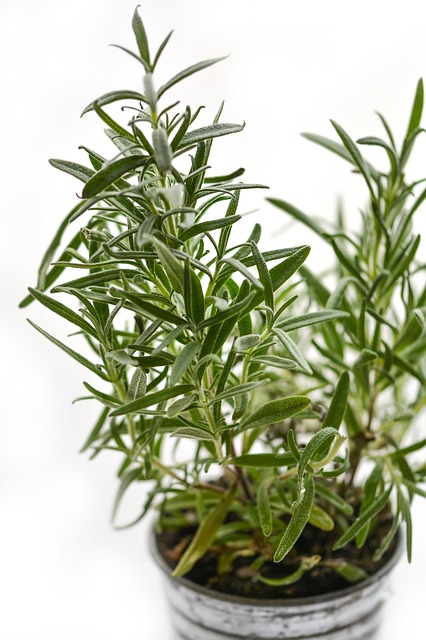 I love rosemary, and I love my Cajun spice, and it’s got thyme in it, so I think I can try to make my own too. It’s just cayenne pepper and thyme, and a few other seasonings, so I can try to make it on my own. There’s dill seed, basil leaves, parsley, oregano, so I know I want to put those plants in my garden. A few of my other favorites are basil. I love them in all my pestos, and with a tomato, and some cheese on it. Thyme of course, we talked about that, and spearmint. Spearmint is such a nice plant in the garden, because you can just take a little piece and put it in your mouth, and it’s just like chewing gum almost. It makes you feel fresh. It’s a nice scent, and a little bit with some lemonade, is really nice. First thing when you’re designing your garden, decide which plants you use everyday. Then which plants you use in your kitchen. Once you’ve decided that, then you need to find a place to plant it.
I love rosemary, and I love my Cajun spice, and it’s got thyme in it, so I think I can try to make my own too. It’s just cayenne pepper and thyme, and a few other seasonings, so I can try to make it on my own. There’s dill seed, basil leaves, parsley, oregano, so I know I want to put those plants in my garden. A few of my other favorites are basil. I love them in all my pestos, and with a tomato, and some cheese on it. Thyme of course, we talked about that, and spearmint. Spearmint is such a nice plant in the garden, because you can just take a little piece and put it in your mouth, and it’s just like chewing gum almost. It makes you feel fresh. It’s a nice scent, and a little bit with some lemonade, is really nice. First thing when you’re designing your garden, decide which plants you use everyday. Then which plants you use in your kitchen. Once you’ve decided that, then you need to find a place to plant it.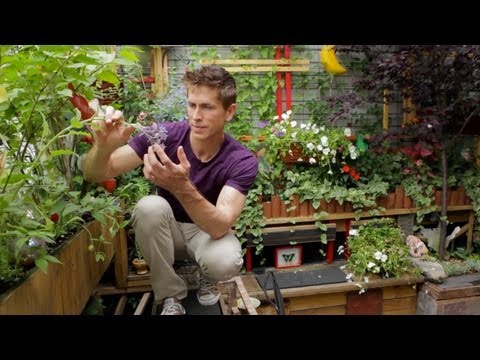
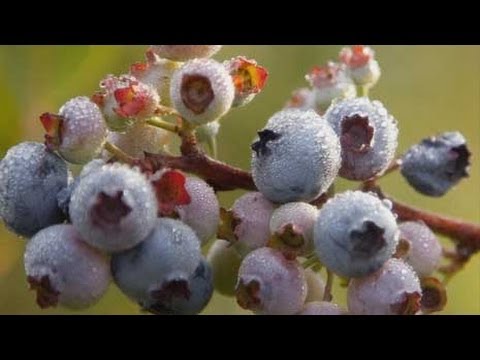
 Who doesn’t love oregano? As an herb, oregano is essentially a weed and grows like one meaning is near impossible to kill without serious, targeted effort. Oregano grows into a tall, wide bush that comes back each and every year, so it’s what’s known as a “garden anchor.” If you want to keep your garden on the small side, oregano, along with most herbs, will grow to accommodate their environment. Plant them in individual containers to keep them small, or in larger pots to have a big bushy oregano plant.
Who doesn’t love oregano? As an herb, oregano is essentially a weed and grows like one meaning is near impossible to kill without serious, targeted effort. Oregano grows into a tall, wide bush that comes back each and every year, so it’s what’s known as a “garden anchor.” If you want to keep your garden on the small side, oregano, along with most herbs, will grow to accommodate their environment. Plant them in individual containers to keep them small, or in larger pots to have a big bushy oregano plant.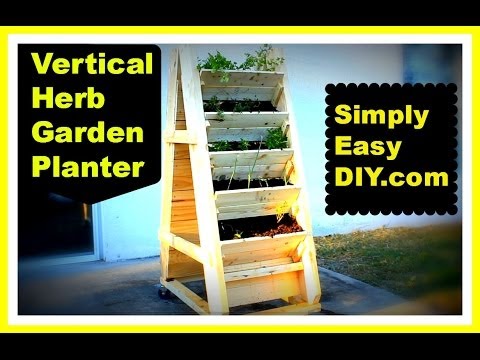
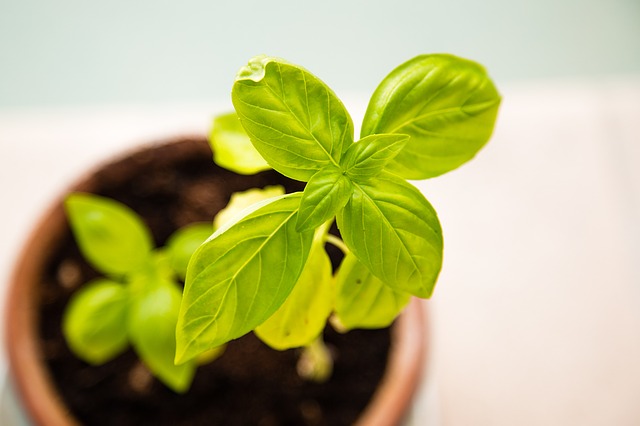 well known. With that said I’ve chosen some scrap pine left over from previous projects. I’ll cut four pieces with a fifteen degree angle for the legs to start. Yes, untreated wood will decompose over time, even cedar. However, wooden planters built out of untreated wood, will probably last a lot longer than you think. I’ll mark out every nine and a half inches or so on both sides of all four legs. I’ll need twenty cleats about five inches each. I off set the marks on each side of the legs by about an inch and a half, to give me the angles that I need for the shelves. I am not using any glue in the planter portion of this project. Over the years as different parts wear out, I want to be able to easily replace pieces of the planter. Now that the legs are done, I need some back slats. For my dimensions I’ll need about 14 board feet.
well known. With that said I’ve chosen some scrap pine left over from previous projects. I’ll cut four pieces with a fifteen degree angle for the legs to start. Yes, untreated wood will decompose over time, even cedar. However, wooden planters built out of untreated wood, will probably last a lot longer than you think. I’ll mark out every nine and a half inches or so on both sides of all four legs. I’ll need twenty cleats about five inches each. I off set the marks on each side of the legs by about an inch and a half, to give me the angles that I need for the shelves. I am not using any glue in the planter portion of this project. Over the years as different parts wear out, I want to be able to easily replace pieces of the planter. Now that the legs are done, I need some back slats. For my dimensions I’ll need about 14 board feet.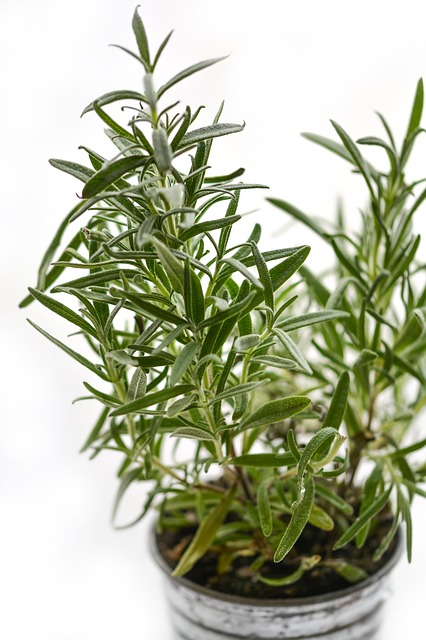 I already have one of the planter boxes done. So for the second one I’ll place the sides on top of each other to make sure the widths match after I’m done putting the back slats on. Tack them with brads just to hold them in place. Check for square. Tack the other side. Drill pilot holes Screw them in place. I’m going to flip each box on their sides and place a board across the bottom to mimic the ground so I can get the angle right. Cut some leg braces on the miter saw. Now I thought it would be nice depending on the type of plants we have at the time if we could easily move the vertical herb garden around the patio so I’ll build a frame out of this extra two by six.
I already have one of the planter boxes done. So for the second one I’ll place the sides on top of each other to make sure the widths match after I’m done putting the back slats on. Tack them with brads just to hold them in place. Check for square. Tack the other side. Drill pilot holes Screw them in place. I’m going to flip each box on their sides and place a board across the bottom to mimic the ground so I can get the angle right. Cut some leg braces on the miter saw. Now I thought it would be nice depending on the type of plants we have at the time if we could easily move the vertical herb garden around the patio so I’ll build a frame out of this extra two by six.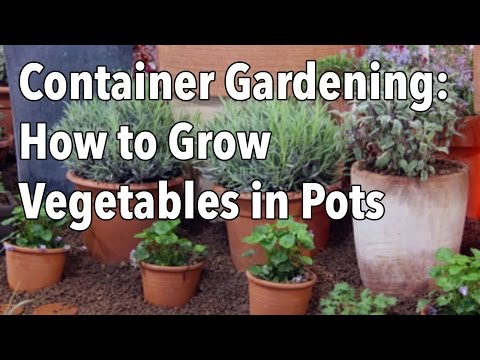
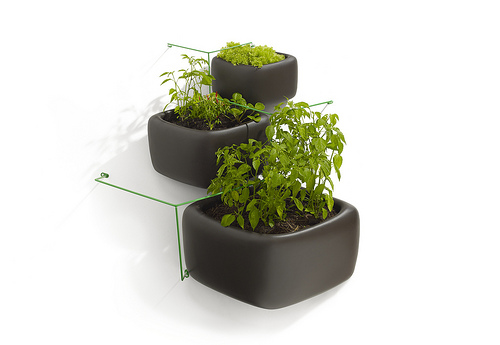
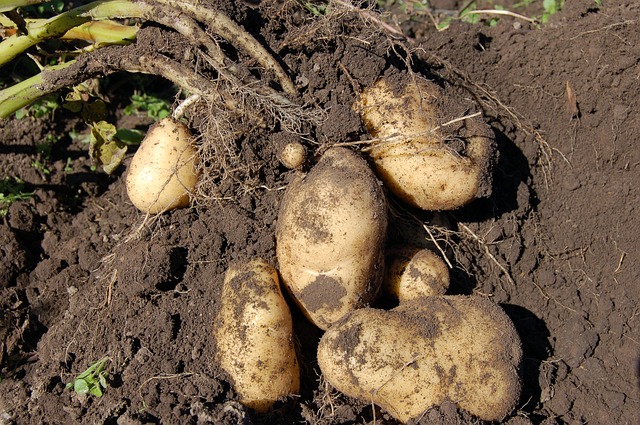 Potatoes can be grown in large pots, or bags and sacks designed specifically for the job. The seed potatoes are layered with potting mix and left in a sunny spot, watering as required. As they grow you can layer more soil around the stem of the shoots. Gradually the soil builds up until the top of the container is reached. Balcony plants can be vegetables, herbs, and edible flowers. Take a look at our extensive Grow Guides for more information. Our Garden Planner has a range of specially designed garden objects to make planning and managing your container gardening easy. With the basic outline of your space, you can then view garden as a whole.
Potatoes can be grown in large pots, or bags and sacks designed specifically for the job. The seed potatoes are layered with potting mix and left in a sunny spot, watering as required. As they grow you can layer more soil around the stem of the shoots. Gradually the soil builds up until the top of the container is reached. Balcony plants can be vegetables, herbs, and edible flowers. Take a look at our extensive Grow Guides for more information. Our Garden Planner has a range of specially designed garden objects to make planning and managing your container gardening easy. With the basic outline of your space, you can then view garden as a whole.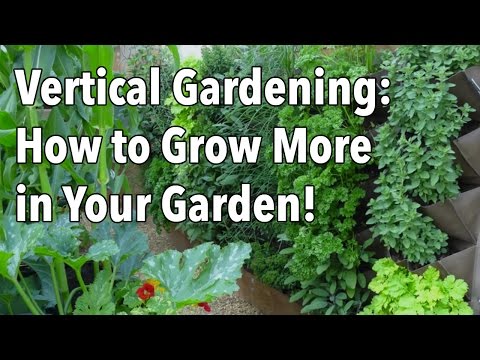
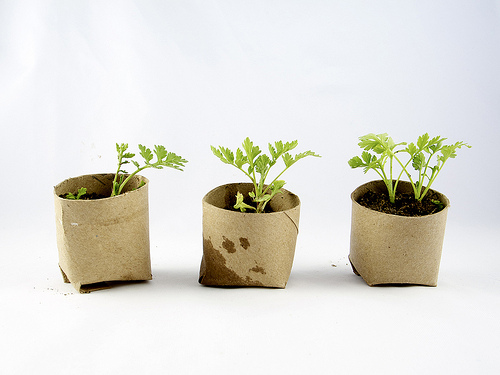
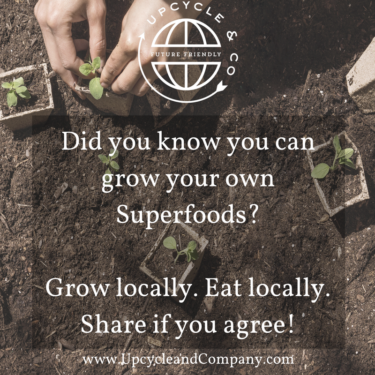
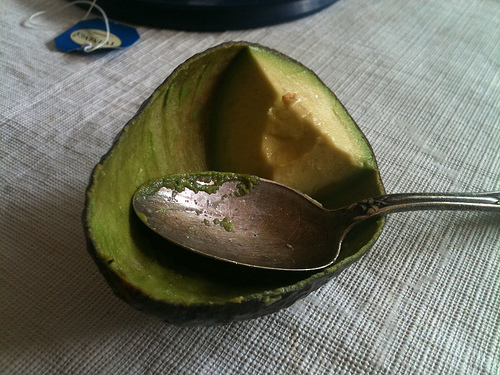
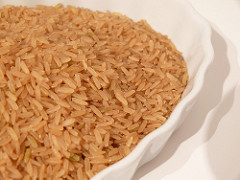
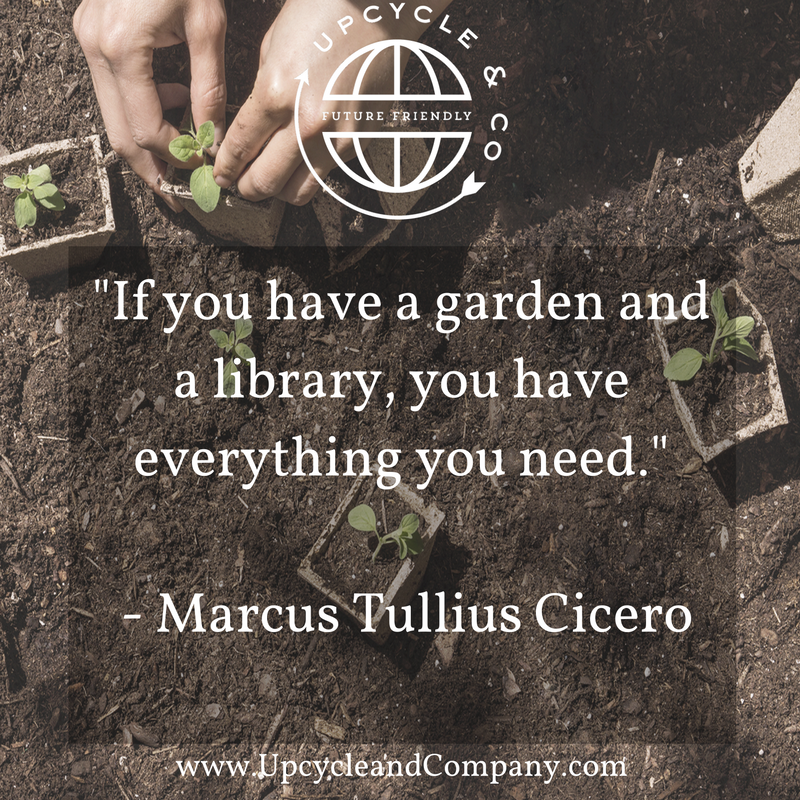
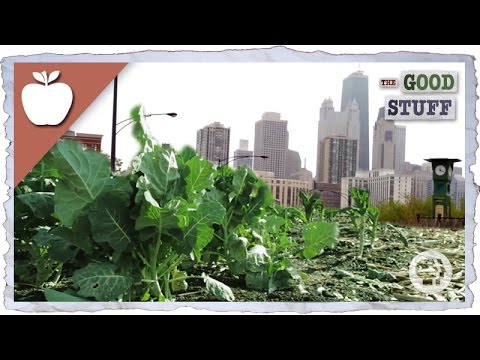
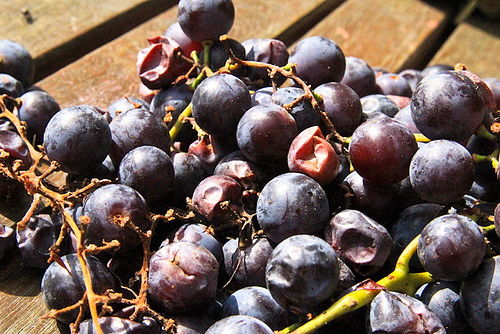
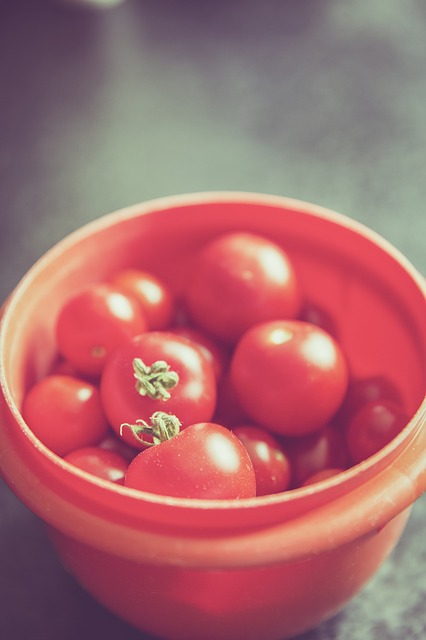 LEDs give out very little heat, which means you can have them closer to the plants, you don’t have to pay as much to cool them, and you can have more vertical rows closer together. Also, LEDs can be up to 75% more energy-efficient than conventional fluorescent bulbs. Still comes out to a lot of energy usage compared to sunlight, which is free. But these energy costs could be offset by using renewable energy sources, like the anaerobic digester they have at The Plant, linked in the doodly-doo.
LEDs give out very little heat, which means you can have them closer to the plants, you don’t have to pay as much to cool them, and you can have more vertical rows closer together. Also, LEDs can be up to 75% more energy-efficient than conventional fluorescent bulbs. Still comes out to a lot of energy usage compared to sunlight, which is free. But these energy costs could be offset by using renewable energy sources, like the anaerobic digester they have at The Plant, linked in the doodly-doo.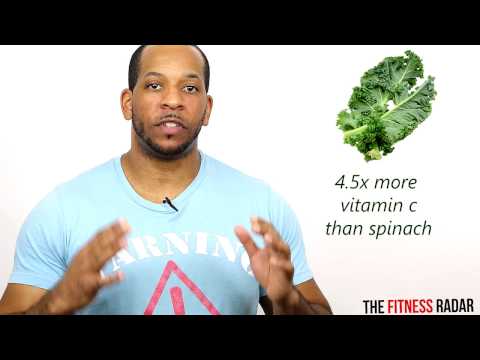
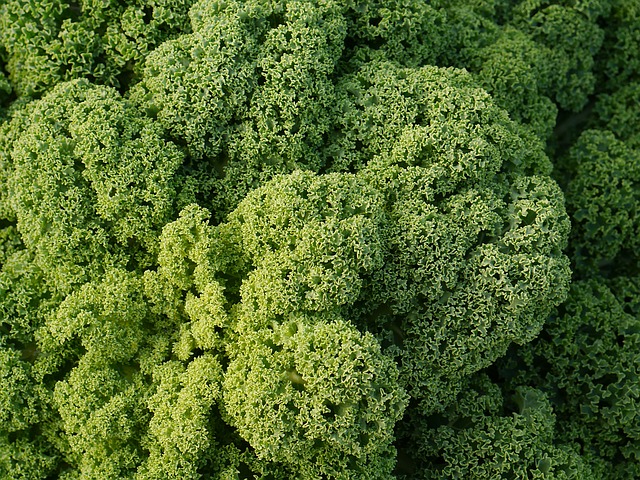 The benefits of kale are high in antioxidants Lowers cholesterol helps eyesight is 4 and a half times the amount of vitamin c than in spinach and A single cup of raw kale actually contains more vitamin C than an orange. There are many ways to eat kale You can sauté it or add it to salads you can bake it with some and salt for some kale chips and you can definitely add it to a smoothie so it is very versatile Click the card up here or the link in the description for the playlist of all of the other fruits, vegetables, and vitamins that we are going to be covering.
The benefits of kale are high in antioxidants Lowers cholesterol helps eyesight is 4 and a half times the amount of vitamin c than in spinach and A single cup of raw kale actually contains more vitamin C than an orange. There are many ways to eat kale You can sauté it or add it to salads you can bake it with some and salt for some kale chips and you can definitely add it to a smoothie so it is very versatile Click the card up here or the link in the description for the playlist of all of the other fruits, vegetables, and vitamins that we are going to be covering.